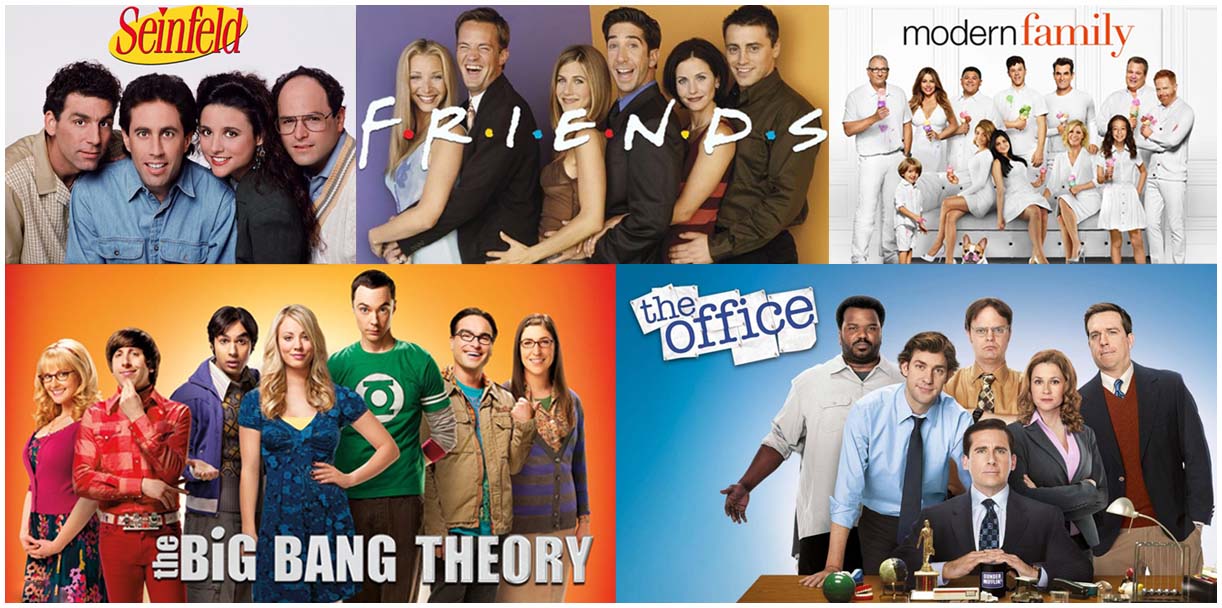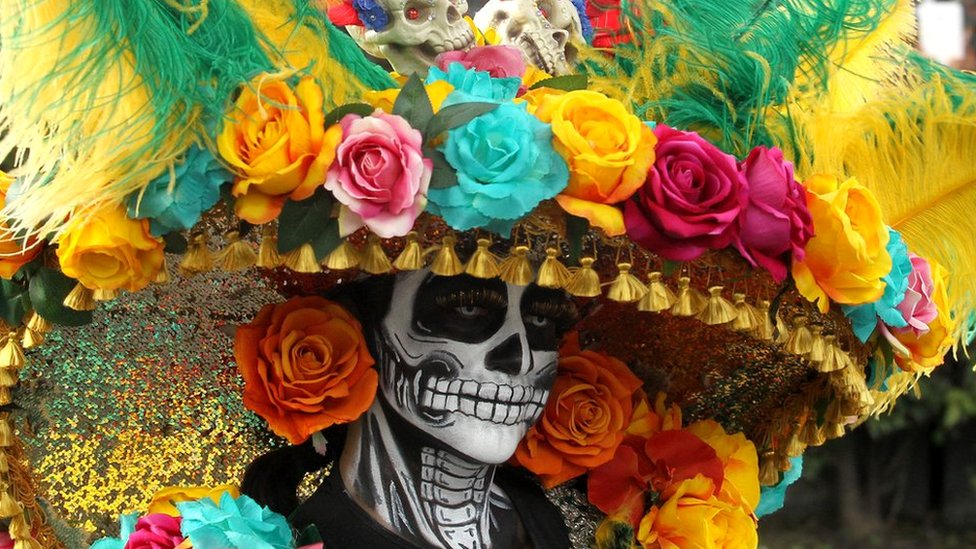5 must-see Sitcoms to learn expressions and improve your English!
5 must-see Sitcoms to learn expressions and improve your English!
Click here to read this post in Spanish.
¡Escucha la lectura mientras lees para corregir tu pronunciación, entonación y puntuación!
We are always looking for fun ways to learn a language and watching TV is one of them. You can learn English or another language without even realizing it. Without feeling the drudgery of “having to do it”.
Here are five famous TV series that will help you improve your English and show off a new vocabulary, but above all, sound more natural when speaking while broadening your outlook when listening to other people.
Try watching these programs with English subtitles and turn them off when you start to understand more and more. You will be surprised how much you can understand. We recommend that you train at least twice a week for 30 minutes and the results won’t take long to come.
1 FRIENDS

Six friends from New York have made us happy during their 10 years and counting. Even more so with this second wind they have taken thanks to their recent reunion almost 20 years after it ended. With it, you can take a cultural expedition back to the 90’s while improving your English. We recommend this series because the plots are not complex and the dialogues are usually slow and leisurely. In addition to the fact that they are everyday settings that are easy to identify with. It could be seen on Warner Channel and nowadays exclusively on HBO Max.
The best thing is: you become familiar with colloquial English speech, you get to know a lot of old-school vocabulary, memorize useful and everyday sentence constructions as well as many idiomatic expressions widely used today.
Some examples are:
Freak out: This is what we say when someone suddenly feels very surprised, upset, angry or confused.
Have a crush on someone: We use it when we develop a strong desire or attraction towards someone. Hence in Spanish today we call crush to the person we are very attracted to but do not have a relationship with.
Come out of your shell: Used when someone becomes more interested in others and is more willing to talk and participate in social activities.
2 SEINFELD

A classic of American television that, although it may be a bit irritating for some people, has marked a before and after in the New York community, even providing new expressions and vocabulary that you have surely heard but had no idea where they had arisen. Four very peculiar characters living all kinds of adventures in the city that probably houses the most considerable cultural diversity in the world. All these themes from the series in question. It runs on Warner Channel and nowadays it can also be seen on Netflix.
The best thing is: it helps you become familiar with expressions and colloquial language that is still used today, plus you practice different pronunciations and accents at the same time.
Some examples are:
Yada yada: A very informal way of shortening a long and tedious story, a kind of very colloquial etcetera.
(Be) a close talker: A term to refer to a person who violates personal space during a conversation.
Kicks: This is an informal way of referring to tennis shoes, as in the song Pumped-up kicks by Foster the People.
3 THE BIG BANG THEORY

This well-known series is centered on a group of geeks who work together at the university conducting different types of research and scientific experiments, The Big Bang Theory has become one of the most recommended TV shows that can help you improve your English. It airs on Warner Channel and arrived on HBO Max, you can also watch it if you have Amazon Prime.
The best thing is: not only does it help you practice your listening skills, but also dramatically expand your vocabulary, even leaving out terminologies and technicalities when talking about science.
Some examples are
(Be) worth a shot: By this we mean something worth trying, as there is a chance of success.
Cut to the chase: This refers to getting to the point and saying what’s important without beating around the bush.
Pull out all the stops: We use this expression when we do everything possible to get the best result.
4 MODERN FAMILY

Modern Family features 3 families, all of them related to each other. All of them have problems to face but these problems, although different from each other, are still similar. The series, as we already mentioned, shows 3 typical modern families where everything, even a simple football (in American English: soccerball), seems to end up in something. Formerly you could find all 11 seasons on Netflix and now on the Star+ platform since August 2021.
The best part: you will be able to learn a lot of new vocabulary and idioms that you can use in your everyday life. Since the series features 3 different types of families and their lives, there is something for everyone to identify with.
Some examples are
Put one’s foot down: When we have a strong opinion about something, even if people oppose it.
Have someone over: We use this phrasal when we invite someone to eat or drink.
Rub the wrong way: When we mean to irritate or annoy someone.
5 THE OFFICE

The BBC aired a television program in 2001 that was a mockumentary poking fun at the subject of office work. The Office was such a big hit that local versions were launched in many other countries, including the United States, which is absolutely perfect for English language learners. While, it is a bit off the color of the series recommended above, it is the perfect complement for the same reason. Use the British version if you want to learn British English, and use the American version if you want to learn American English. It can currently be viewed through Prime Video, Paramount + and HBO Max.
The best: You will learn a lot of business English vocabulary and terminology, as well as formal and informal phrases and expressions of the language in a very entertaining way.
Some examples are
Cut back: By this we mean to reduce or reduce the amount of something. In this case, to cut back on personnel.
The way forward: It helps us to talk about the future plan or plans from a point.
Work out your notice: When you are working something out, then you are figuring it out.
We also leave you a bonus: a tutorial with ten expressions or idioms that will also be of great help to you!
What others do you remember to complement this article? Tell us what you watch.










